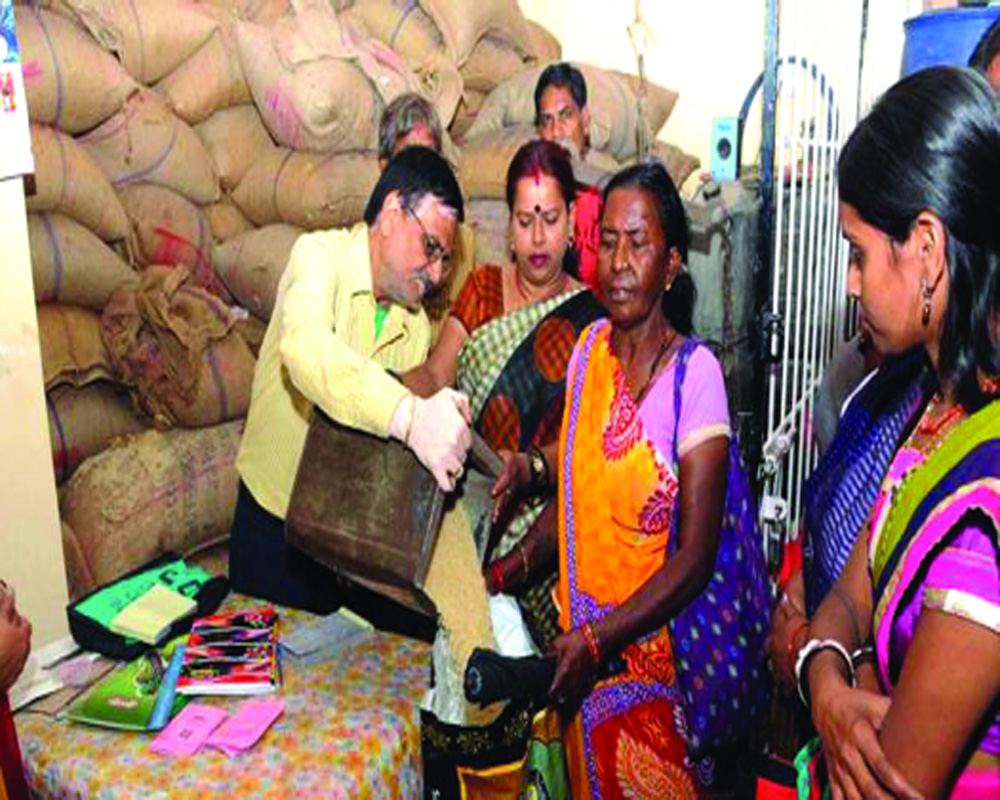One billion Indians have minimal purchasing power despite rapid growth says a Blume Ventures and Marcellus report
In a startling revelation about the state of the Indian economy, recent findings of a study highlight that nearly one billion Indians possess little to no spending power. According to a report by Blume Ventures— supported by insights from Marcellus Investment Managers—India’s consumer market is undergoing profound structural changes, marked by deepening disparities and a shifting focus towards premium products for the wealthy. At the heart of the report is the disconcerting revelation that India’s true “consuming class” is far smaller than what many might assume. The report identifies only about 130–140 million people as part of this active consumer base—roughly equivalent to the entire market of a country like Mexico. In addition, an extra 300 million Indians are categorised as ‘emerging’ or ‘aspirant’ consumers. The report underscores that India’s consumer market is not broadening by adding new entrants into the wealthy segment; instead, it is deepening. In practical terms, while the overall size of the affluent population remains relatively stagnant, the existing wealthy are growing even wealthier.
This trend of ‘premiumisation’ has seen brands pivot towards offering high-end, upgraded products that cater specifically to the rich. For example, ultra-luxury housing and premium smartphones are experiencing surging sales. In contrast, lower-priced alternatives are struggling. Affordable homes now represent a mere 18 per cent of the overall market. Moreover, the booming ‘experience economy’—evident in the rapid sell-out of high-priced concert tickets for international artists like Coldplay —further illustrates the evolving consumption pattern that favours upscale offerings over mass-market products. A critical dimension of the report is its analysis of income inequality in India. The long-term trend of widening disparities has been stark. The top 10 per cent of Indians now control 57.7 per cent of the national income—a dramatic increase from 34 per cent in 1990. Conversely, the bottom 50 per cent have seen their share decline from 22.2 per cent to just 15 per cent. The affluent continue to prosper, while the majority of the population grapples with stagnant incomes, diminished savings, and mounting debt. The situation is particularly alarming for India’s middle class. The report reveals that the middle 50 per cent of India’s tax-paying population has experienced income stagnation over the past decade. The situation is alarming as financial savings are nearing a 50-year low. The insights from the report paint a sobering picture of the Indian economy. While the nation boasts rapid growth in certain sectors and an expanding base of emerging consumers, the benefits of this growth are unevenly distributed. The government must focus on strategies that not only promote growth but also ensure that economic gains are more broadly shared. Investments in education, upskilling and initiatives to revive the middle class’s purchasing power will be crucial in steering India towards a more balanced and inclusive economic future.
























